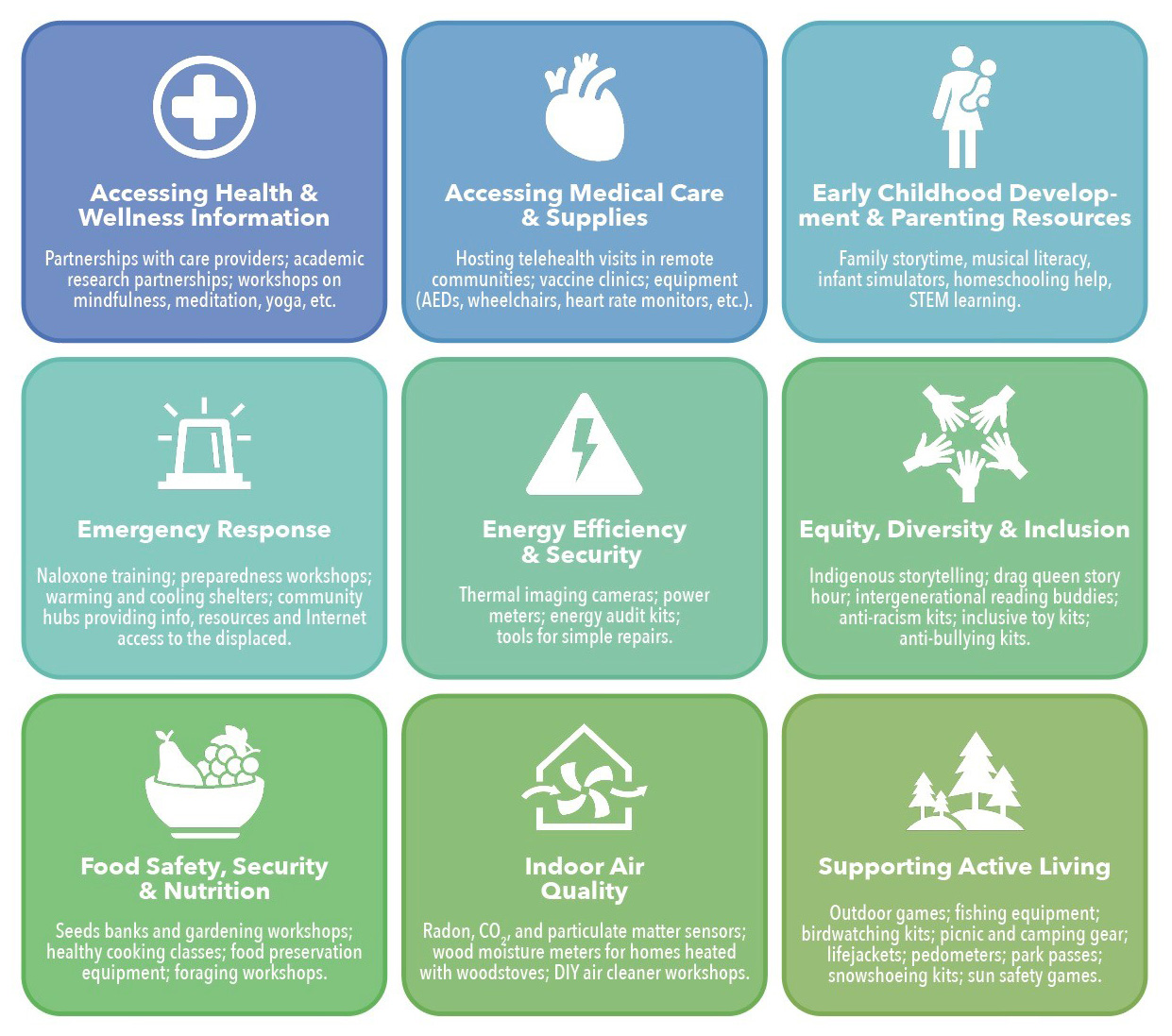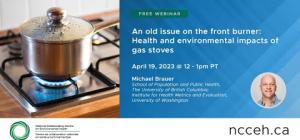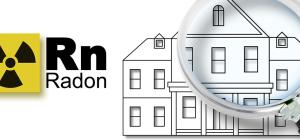
Where the public meets health: Libraries as key partners for advancing public health goals

In the past six months, the NCCEH has had the opportunity to reflect on the common goals of public health and a valuable but under-recognized community partner: public libraries. Public libraries are a highly trusted institution, present in almost every community, where a wide cross-section of the population can come to access information, programming, and other benefits with minimal or no cost. Public libraries also support public health-inspired programming, ranging from naloxone training to cooling centers to indoor air quality sensors, which may help to reduce health disparities within communities. Recently, the NCCEH had the opportunity to examine this public health-public library (PH-PL) nexus through three projects:
- Assisting the Peterborough Public Library and Peterborough Public Health in the development of a factsheet to support their innovative carbon dioxide (CO2) sensor loan program;
- Hosting a webinar on the development of a radon detector lending library in 2018 that has increased access to a potentially life-saving tool across BC;
- Publishing an open-access paper describing the growth of Canadian radon detector libraries and the US EPAs Air Sensor program. The paper outlines the benefits of library-accessed programs, the challenges inherent in evaluating the impact of this type of programming and the higher level changes needed for concrete, long-term improvement in indoor air quality in Canada.
Our webinar generated significant enthusiasm from public health practitioners and other libraries keen to expand their current offerings. As a result, we are using this space to not only share the webinar recording and our deeper analysis of libraries as public health partners, but also to summarize and respond to the mostly commonly asked question from the webinar. We also offer an overview of the many innovative programs Canadian libraries are offering and provide resources to help ignite new PH-PL collaborations.
In case you missed it: Hot topics from our recent webinar
This December, we invited speakers Dr. Anne-Marie Nicol (NCCEH, Simon Fraser University) and Walter Zicha (North Vancouver City Library) to detail the origin and development of NVCL’s digital radon detector lending library. The initiative has since spread to more than 30 BC libraries, and is part of a larger program that has created radon detector loan programs in 388 Canadian libraries (at last count). Although the webinar focussed initially on the use of radon detector loan programs to encourage testing for radon, an invisible carcinogenic gas that kills more than 3,000 Canadians a year, our discussion ranged broadly across different types of indoor air quality sensors. Our speakers fielded the following questions:
- What was in the digital radon detector kits? The kits included a radon detector, an instruction sheet, and four brochures from Health Canada on radon, radon mitigation, and information on the particular dangers of co-exposure to radon and smoking.
- Did the radon lending library encounter problems with sensor quality or maintenance?
The devices are checked regularly by librarians when returned by patrons. In a few instances, there have been detectors that have either stopped working or have shown error messages. These were returned to the provider who then replaced them for free. - Have libraries had issue with damage or theft?
So far, no detectors in the BC program have gone missing or have been stolen. - Are radon data shared with anyone? What happens if radon is detected? Data collected with the radon detectors is confidential. Patrons can reset the device to clear the current reading once they are finished. The library does not collect or share any information about the device or the patron that borrowed the kit. These devices are designed to help introduce people to the issue of radon in indoor air. If levels are elevated, patrons are given information to help them access more accurate alpha track radon test kits.
- How does one find a radon mitigator? If radon levels are elevated, the federal government recommends radon mitigation. Libraries should offer patrons a link to the Canadian Association of Radon Scientists and Technologists (CARST), which provides mitigation information and a database of certified mitigators tailored to each region of the country.
- Are there any programs or grants that libraries can suggest as a way to offset the costs of a home’s mitigation? Access to grants and subsidies vary across Canada, but one option is the Canadian Lung Association’s Radon Mitigation Grant. Libraries could provide resources for patrons from each province regarding municipal or provincial options.
- How can I get my local library involved in a digital radon detector lending program? Interested libraries can learn more about radon detectors and obtaining devices from Take Action on Radon’s library portal.
- Do you have resource for other types of air quality sensors, such as CO2 sensors? Public health partnerships are critical to help ensure the best scientific knowledge is communicated to the public. CO2 sensing is a perfect example: although the devices are simple to use and read, interpreting the data is not. Our previous NCCEH documents have dealt with potential issues with using CO2 sensors as public health tools, and the pitfalls that may be encountered when deploying CO2 sensors in the real world. Libraries wishing to offer CO2 sensors must also offer clear and accurate information about what these devices can and cannot do.
In what ways are libraries engaging in public health and how can we help?
Participants in our December webinar offered many examples of unexpected ways in which Canadian libraries are engaging in public health work. To further this discussion, we conducted a rapid internet search for Canadian libraries offering a “Library of Things,” or other programming relevant to public health. The initial results identified at least thirty-one Canadian public libraries that are providing public health-oriented supports and programming. These findings are summarized in Figure 1, which shows the nine broad themes or ways in which libraries are supporting public health objectives, with several examples for each.
This thematic analysis, which is non-exhaustive and based only on information from library websites and media mentions, demonstrates the numerous ways in which Canadian public libraries are already supporting the health and well-being of community members. The search identified a limited number of cases in which these programs were delivered with the assistance of a local public health partner. However, in the majority of cases, a public health partner was not identified, although may have been active behind the scenes.
Figure 1. Thematic analysis of public libraries’ programming and other offerings that support public health objectives in Canada.

New opportunities for PH-PL partnerships
As shown in Figure 1, there are many innovative examples of public libraries engaging with public health objectives. Public health professionals can bring significant additional value to these endeavours by offering scientific and technical expertise and assisting in the development of public-facing information to ensure it is accurate, comprehensive, and up-to-date. Public health and public libraries also each bring unique insight into the communities they serve, which can help to identify the most needed programs and tailor their delivery to community members.
Public health professionals interested in collaborating with their local library may wish to:
- Familiarize yourself with your local libraries. How many branches are present, where are they located, and what populations do they serve? Does the library already host a “Library of Things” and what does it offer? In addition to municipal public libraries, are there other types of libraries that serve populations of interest for a given public health intervention?
- Identify a list of potential public health issues that might be of interest to the library’s membership and how libraries might help to disseminate information or equipment. For example, in communities where wood-burning stoves are commonly used to heat homes, offering firewood moisture meters may help to reduce indoor particulate matter generation. Wood moisture meters might also be paired with information on grants or incentives to swap out old, smoky stoves with more efficient options, thus improving both indoor air and regional air quality issues with biomass burning.
- Think about how public health expertise might amplify the benefits of existing library programs. An excellent example of this is including smoking cessation resources with radon detection kits now offered by many libraries. Making that relatively unknown connection between smoking and radon risk brings light to two major public health issues and how they interact to greatly increase lung cancer risk.
- Reach out to library leadership and consider organizing a meet and greet to discuss local public health issues and the library’s views on the needs of their membership. It may also be possible to engage with provincial library associations or trustee associations. At the national level, many libraries are connected through the Canadian Federation of Library Associations.
- October is Canadian Library Month! Take the opportunity to learn and reflect on the many ways that libraries support their communities even beyond a public health focus.
Library staff who wish to engage public health may find the following useful:
- Reach out to the community’s local public health unit or regional health authority. In some provinces, it may be possible to identify your health unit or local medical officer of health online (e.g., via helpful online portals such as this one offered by the Province of Ontario). You can also contact a provincial public health organization, such as Public Health Ontario (PHO), the BC Centre for Disease Control (BCCDC), or the Institut national de santé publique du Québec (INSPQ), for help connecting with the right expertise.
- Familiarize yourself with local schools and academic institutions that might work on issues that are currently affecting the library’s membership. Researchers may be able to offer perspectives, tools, and opportunities that are different from or not available through public health units.
- Be sure to follow the social media feeds and activities of major Canadian public health organizations to stay abreast of public health campaigns. These include provincial organizations mentioned above and national organizations such as the Canadian Public Health Association (CPHA), the Public Health Agency of Canada (PHAC), and the National Collaborating Centres for Public Health (NCCPH).
If you’re involved in a PH-PL collaboration, or would like to be, reach out to the NCCEH. We’re interested in what you’re doing!
Summary
Given our common goals – to make our communities healthier and promote wellbeing – public health and public libraries have a natural partnership. Public health organizations benefit by being able to better disseminate information, awareness, and resources to local populations that may not be well connected with traditional public health actors or aware of major public health issues. Libraries also benefit by finding new and innovative programs and collections to offer their members, helping to reduce the socioeconomic and geographic inequities that give rise to health disparities. In this vein, NCCEH intends to continue developing projects and engagements to foster new collaborations between public health and public libraries to improve the health and wellbeing of community members.
Authors
Angela Eykelbosh and Anne-Marie Nicol are Environmental Health & Knowledge Translation Scientists at the NCCEH.







